The Atlas Obscura panel on Saturday at Midsummer Scream focused on Ghost Towns of Southern California. Lead by field operator Sandi Hemmerlein, the Obscura panel presented a treasure trove of information on SoCal’s numerous abandoned places.
The panel featured Jaylyn and John Earl of “The Desert Way”, John Grasson of “Dezert Magazine”, Jim Sullivan of “Places That Were” and Xavier Drenfold, a cave explorer who preferred not to give his real name due to the nature of his exploration.
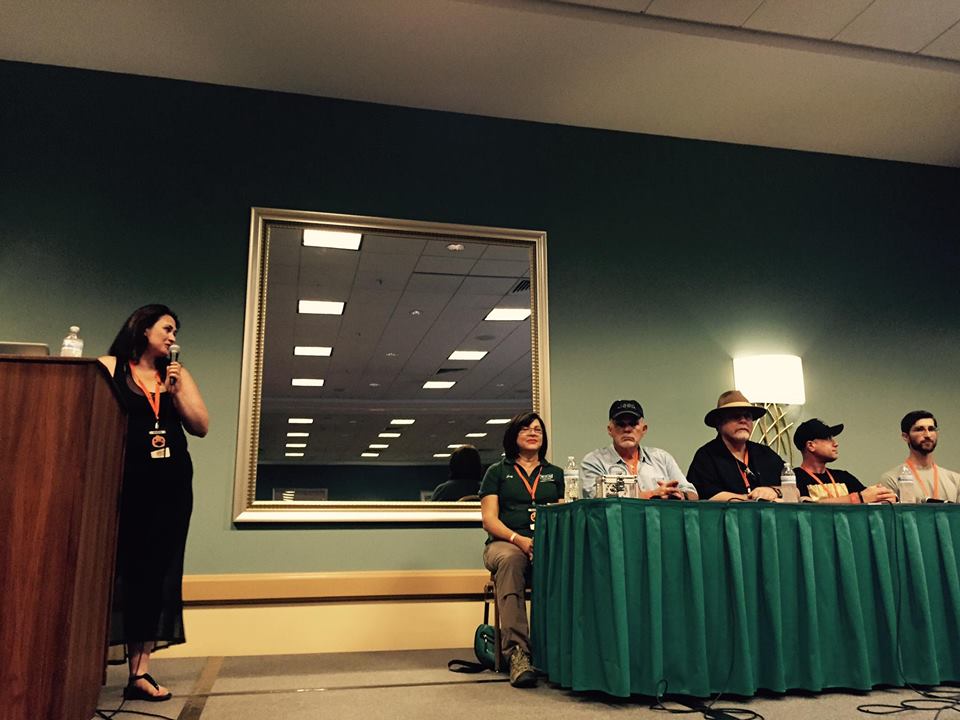
(L-R) Hemmerlein, Jaylyn Earl, John Earl, John Grasson, Jim Sullivan and Xavier Drenfold. Photo by Los Angeles Obscura Society
It was evident that everyone onstage was passionate and knowledgeable about Southern California’s history, giving credit to Knott’s Berry Farm’s Ghost Town, where most of the explorers were first introduced to the concept of a ghost town. But this was quickly dismissed as Hollywood movie magic, far from the reality of an actual ghost town.
“To me a ghost town means ‘abandonment’,” explained Sullivan. “For people to leave a place that they love. There’s a sadness to it. They showcase the changing climate of a country.” Sullivan pointed to more modern American ghost towns, such as sections of Detroit, Cleveland and Gary, Indiana; Rust Belt cities that thrived in the mid-century but as soon as their fortunes declined their populations did as well.

For Southern California, ghost towns trace the history of the region. During the American expansion west, towns were built to accommodate travelers seeking their fortunes. The advent of cars, and then later, the interstate highway, left many of these places behind.
California’s gold rush, along with mining for other precious metals, created several boom towns. “In the 1950’s, when regulations came in the mines became abandoned,” explained Drenfold. “To keep people away from these mines they were taken off of the maps. If I want to find these places I need to seek out maps from the 1940’s. My goal is to find all of the mines near where I live. So far I know of 50 – 60 mines within ten miles of Glendale.”
Hammerlein asked the group about the ghost stories that seem to accompany most ghost towns. Grasson explained that due to the nature of ghost towns most of these places were hard living. “Keep in mind you’re travelling great distances by stagecoach,” Grasson said. “If you were sick or frail there was a good chance you would die in transit.”
A famous ghost story is of Anza-Borrego State Park’s “Lady in White”. Grasson told the tale of a young woman who was travelling west to meet her fiance. On the trail she passed away and was buried in her wedding dress. “People have said that at night you can see her wandering around, searching for a way to get to her husband.”
The panel had many fascinating moments. Hemmerlein gave tips to would-be-explorers for heading into ghost towns. “I dress cute,” she explained. “That way, people know I’m not there to vandalize.”
“I brought my mom, once,” said Sullivan.
They all spoke of the dangers of their hobby, as ghost towns tend to attract people who don’t want to be found. They all spoke of encountering scavengers and drug addicts while exploring. “As the price of gold has again gone up people are going into caves to mine for gold,” said Drenfold.
“I’m more scared of encountering meth heads than I am a ghost,” said Hemmerlein.
“I’m more scared of running into weird naked guys than I am of an animal,” said Jaylyn Earl.
“You’ll find a lot of discarded clothing in the desert,” said John Earl, “and you wonder where the owners are.”
“There’s so much in California to see,” said Grasson. “It’d take two lifetimes to see what [the panel] has seen.”
When they opened the panel up to the audience the question was asked if there was any advice for would be ghost hunters?
“Always go to the cemetery,” said Hemmerlein.
“And bring water,” said Jaylyn Earl.
And with that the panel ended, and we all left to go explore the rest of the treasures waiting for us at Midsummer Scream.
One Comment
Leave A Comment
You must be logged in to post a comment.


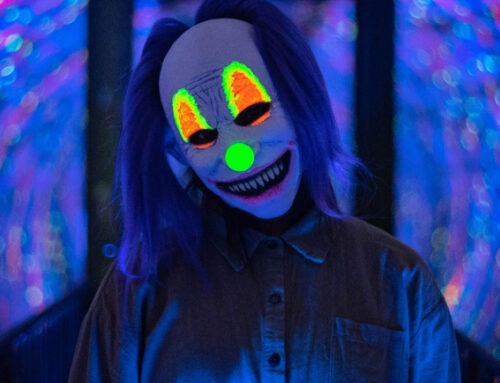

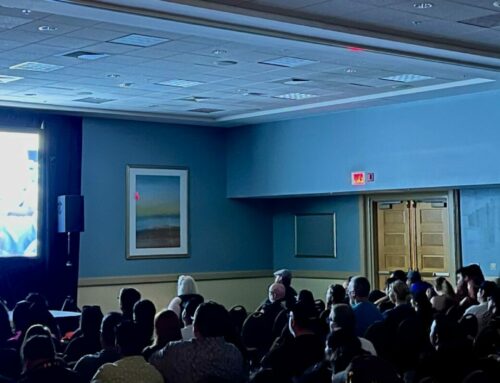
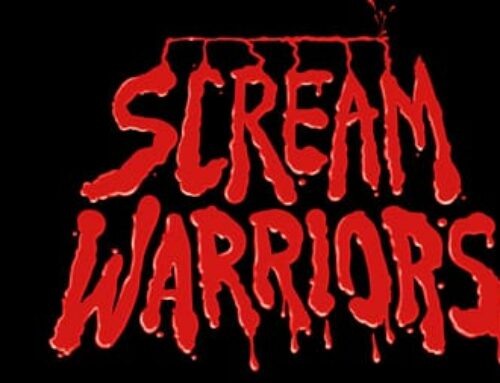
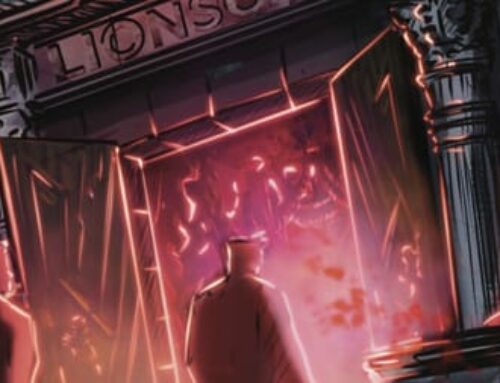

Thanks for the great writeup! Such a fun panel discussion!